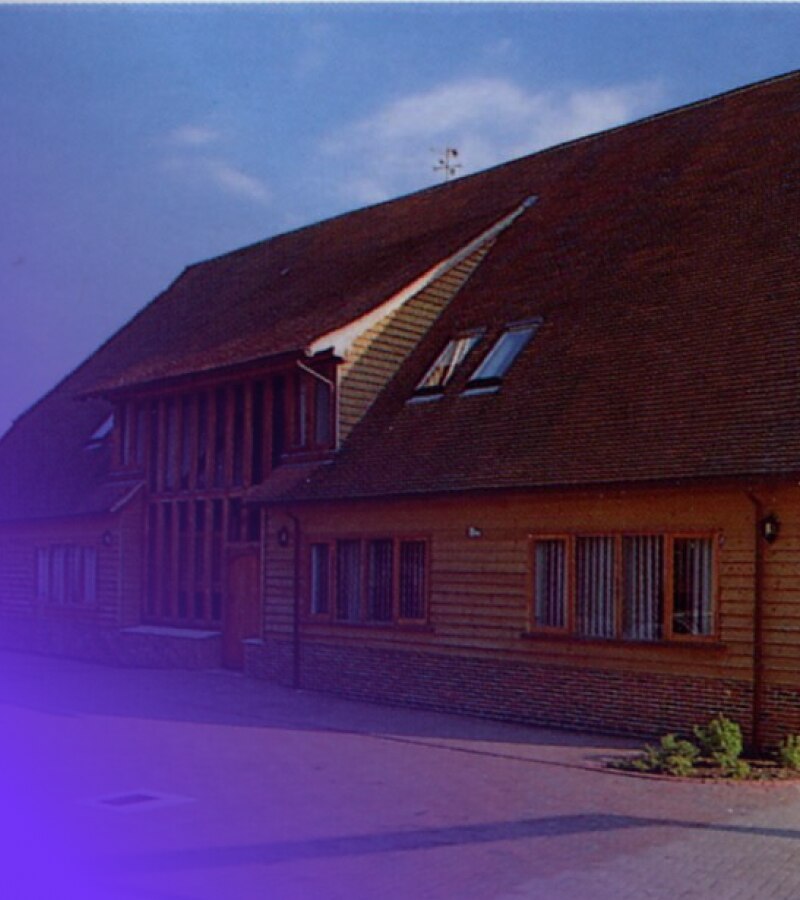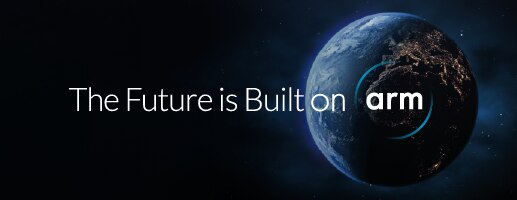AI-Defined Automotive Software Solutions for Arm Zena Compute Subsystems

By Swetha Toshniwal, Senior Manager, Automotive Go To Market, and Robert Day, Director, Automotive Go To Market, Arm
The future of mobility is not just disrupting the automotive industry; it is multiplying vehicle complexity. AI-powered driver experiences, cloud to car connectivity, and cloud-native development are reshaping how vehicles are designed, built, and experienced.
The rapid integration and continuous deployment of advanced software and AI capabilities in vehicles introduces challenges in ensuring seamless integration, real-time performance, safety, and cybersecurity across increasingly complex systems. Coordinating updates, interoperability, and compliance across diverse platforms and global markets add further layers of difficulty for automakers.
Arm recently unveiled Arm Zena Compute Subsystems (CSS) – a transformative, pre-integrated and validated CSS to accelerate development for AI-defined vehicles. Designed to scale from digital cockpit to advanced driver-assistance systems (ADAS) as part of the wider shift to a central compute architecture, Zena CSS empowers automotive innovators to deliver leading-edge vehicle experiences with high performance, functional safety, and cloud-native readiness at its core.
Zena CSS: A platform built for collaboration
Zena CSS brings together a world-class ecosystem of partners – spanning software, middleware, development tools, and AI – to enable next-generation, AI-defined vehicle experiences. Together, Arm’s community is laying down a collaborative framework that transforms vehicles into dynamic, intelligent platforms through innovation, interoperability, and scale. With partners across continents and specialties, Arm’s ecosystem reflects the global nature of automotive transformation. At the same time, our modular platform allows partners to tailor their innovations to regional regulations, market demands, and customer expectations.
Automotive software solutions running on Zena CSS
Arm’s ecosystem of software partners are showcasing how their solutions will run on the Zena CSS, taking advantage of virtual platform solutions for pre-silicon software development, and the SOAFEE methodology for cloud-native development and a collaborative framework. Example applications include over-the-air (OTA) updates, AI-defined driving experiences, enhanced infotainment, and safety critical communication synchronization, alongside with compliance to industry-standards and a standardized DevOps framework.

Communications standardization: Seamless OTA updates
A vehicle’s software must evolve continuously – and securely. Our partners, which include AWS, the Autoware Foundation, eSync Alliance, Excelfore and Red Hat, are enabling open-standard OTA communications to make that possible. Excelfore’s leadership in eSync OTA standardization coupled with the safety-certified Red Hat In-Vehicle Operating System for automotive innovation offers automotive developers and OEMs a stable foundation, interoperability with open ecosystems and maximum flexibility. Finally, by using an example application from the Autoware Foundation’s SOAFEE Open AD Kit Blueprint, we have been able to demonstrate how to develop and deploy real-world autonomous driving software workloads.
AI-defined driver experiences
Cerence AI, Mapbox, and StradVision each bring deep domain expertise that collectively elevates the in-vehicle user experience. StradVision provides lightweight, high-performance optimized perception AI, enabling real-time object detection and enhanced situational awareness for driver-assistance systems. Mapbox delivers modular navigation SDKs and APIs with rich customization capabilities, making it easier to design branded, map-centric interfaces. Cerence AI adds intelligent, natural voice interaction, offering developers a flexible, multilingual voice platform with deep vehicle domain integration. These technologies support a scalable, developer-friendly foundation for building intelligent, responsive, and user-centric automotive software on Zena CSS.
Enhanced in-vehicle infotainment
By utilizing the standard device virtualization framework VirtIO, Panasonic Automotive Systems has built an application to showcase a unified human machine interface (HMI) across multiple displays in a vehicle. The Unified HMI is a display virtualization framework to abstract physical displays in vehicles into a virtual display, so that applications can show in any location without the limitations of physical displays. Available as a SOAFEE Blueprint, it has been open sourced in the Unified HMI GitHub, with access to the source code available here. This SOAFEE Blueprint will be available on Zena CSS for enhanced in-vehicle infotainment (IVI) and digital cockpit applications.
Safety-critical synchronization
Denso has showcased a time-centric middleware for modeling, development, and runtime monitoring of software-defined vehicle (SDV) applications to guarantee the deterministic execution of workloads. Using an open source time coordination language called “Lingua Franca”, the application behavior can be defined precisely using scheduling and associated time primitives. Made available as a SOAFEE Blueprint, and using Autoware Foundation’s open-source Automated Valet Parking (AVP) application software, this deterministic behavior is demonstrated in a real-world application. The AVP application is considerably complex with several distributed software workloads within the vehicle needing to coordinate in a timely fashion. However, these can all run consistently on Zena CSS.
Software development methodology
Together with GitHub and InfoMagnus, Arm is working on future proofing AI-defined driver experiences. Both partners help ensure that every layer of the Zena CSS platform is ready for continuous evolution and AI-driven adaptability. Arm-native GitHub Runners and Continuous Compliance with ELISA Project offer software development teams end-to-end toolchains and compliance frameworks tailored for AI-defined vehicles.
SOAFEE: A methodology for cloud-native automotive development and a vibrant collaborative community
Now in its fourth year, and with 150+ members, SOAFEE has become a key industry initiative to enable the development of the SDV. By bringing key methodologies and technologies from the cloud-native world, SOAFEE is offering automotive software developers the opportunity to take advantage of well-proven, modern techniques.
A key initiative within SOAFEE to help accelerate this is the SOAFEE Blueprint program. This allows members to show applications or technologies running in a SOAFEE environment, allowing developers to get a quick start into using SOAFEE. This program has also helped foster collaboration through the SOAFEE membership with many of the Blueprints being developed by multiple members working collaboratively. This is demonstrated in the automotive solutions detailed above, with many being showcased via the SOAFEE Blueprint program.
The “Shift Left” in software development: Using virtual prototyping to start early with Zena CSS
Virtual platforms play a vital role in enabling the collaborative innovation showcased across the Zena CSS ecosystem. With AWS, Cadence, Siemens, and Synopsys, Arm offers hybrid virtual prototyping environments that model Zena CSS with ISA parity allowing teams to validate AI-driven workloads, simulate infotainment interactions, and refine system behavior before hardware is available. This not only accelerates integration across the ecosystem, but empowers developers to adopt a software-first development model, ensuring that every component is production-ready, secure, and performant from day one, even without physical silicon being available. The use cases outlined above are being explored as potential proof points on Zena CSS virtual platforms, highlighting how ecosystem technologies can be integrated and evaluated early in the development lifecycle.
Connect with Arm and our ecosystem to build the future
The proof points and use cases shared in this blog are just the beginning, but demonstrate the fantastic early momentum of a growing ecosystem centered around Zena CSS. As SDVs and AI-defined vehicles continue to evolve, we’re committed to expanding collaboration – bringing in more partners, unlocking new domains, and accelerating innovation across the automotive landscape.
Whether you’re an OEM, Tier 1, software vendor, or developer, we invite you to explore the Zena CSS virtual platforms, connect with our ecosystem for validating solutions or build something entirely new.
Let’s shape the next generation of AI-defined vehicles together!
Any re-use permitted for informational and non-commercial or personal use only.











